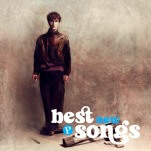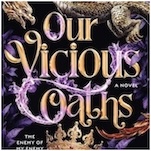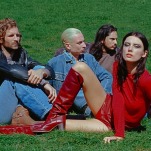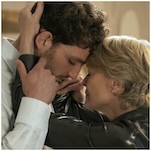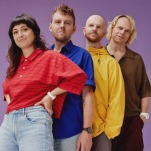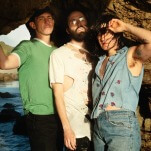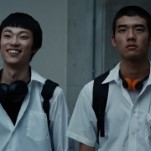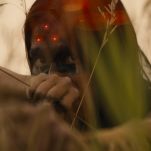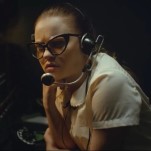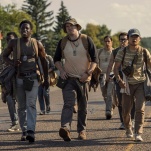Feeling Blue at the NYFF…
...where the warmest color was also the hottest ticket
Sex sells tickets. On the last day of the recent New York Film Festival, there was a line of around a hundred people waiting to get into the three-hour, NC-17, lesbian-themed French film, Blue is the Warmest Color (La Vie d’ Adèle ), directed by Abdellatif Kechiche. I was grateful to be one of the lucky ones with a seat in the Walter Reade theater, though my expectations were tempered. Lines had been drawn at Cannes. Critic heroines Amy Taubin and Manohla Dargis were against it. So was Cinema-Scope and those who take an anti-Spielberg stance. (In May, Steven Spielberg and the rest of the Cannes jury made the unprecedented move of awarding not only the director but also the two stars, Adèle Exarchopoulos and Léa Seydoux, the Palme d’Or.)
I was surprised to find that I loved the film, and with an affection that I hadn’t experienced for a movie or a book since I was a teen. The film was a typical coming-of-age film made fascinating because of the three-hour length. The expected beats (love spotted, won, and lost) played out at a different rhythm, with more shaded-in details, with room for repetition, silence and truth.
This allowed not only for getting to know the main character, Adèle (named after the actress who embodied her), better; it also provided a superior engagement with the coming-of-age film itself. It was possible to become intimate with the details and also the structure of a kind of film usually deemed superficial (even if affecting). Here, those messy and intense moments—wet with snot and tears and only glimpsed in films starring Molly Ringwald, for instance—are stretched out and inescapable. I left thinking this was somehow both an important film and a very good bad movie.
In the love story between Adèle and Emma (Seydoux), the prolonged break-up lasts half of the film. The small humiliations endured by Adèle were heartbreaking. The film seemed universally touching. Leaving the theater, a grey-haired man said to his teary-eyed wife, “It didn’t feel like three-hours.”
Me, I left the theater wanting bubble gum. Some have commented on a flagrant attention to bottoms in the film, but I have never seen mouths so fetishized. I walked out intensely aware of my tongue and lips, wanting to blow a pink bubble until it popped. Adèle’s sloppy vitality had inspired me to do something classically adolescent and embarrassing. I was mesmerized by the way she danced, slurped and protested. By the way she couldn’t hide her needs and wouldn’t dream of masking her blind spots. This was unexpected in a film for which I had only heard about the sex scenes. More surprising, the sex scenes were the failures of the film.
The infamous seven-minute sex scene was one of the craziest things I’ve ever seen on screen. I had read that it wasn’t choreographed (though it may have been guided), that instead the director Kechiche asked the two straight women to explore each other’s bodies. So they pantomime having sex, but each as a straight woman (who is faking it). It’s like pushing two positive sides of a magnet against each other so that each side leaps away.
Kechiche lights the scene as if it were a writhing classical painting. There is much humping and changing of positions but without any discernible sex toy. What exactly were they doing? There is slapping of asses at odd moments that would make little sense without penetration. And the orgasms have no build up, but pop up like hiccups that won’t go away. Did I miss something? I could be wrong, and I welcome corrections. But at this point, it lost any credibility for me as a story about lesbians. Instead it felt like an illustration of that old trope, a man imagining, “what is it exactly that lesbians do?”
-

-

-

-

-

-

-

-

-

-

-

-

-

-

-

-

-

-

-

-

-

-

-

-

-

-

-

-

-

-

-

-

-

-

-

-

-

-

-

-




















